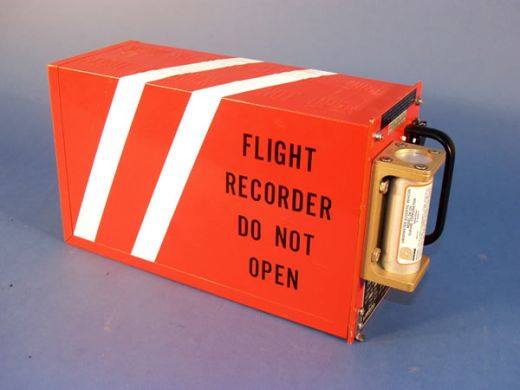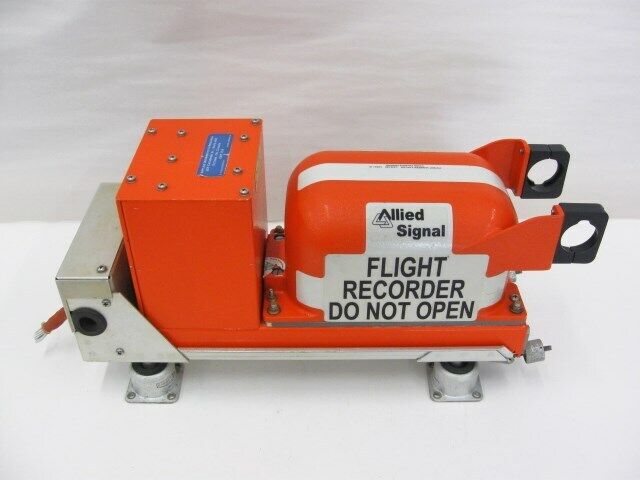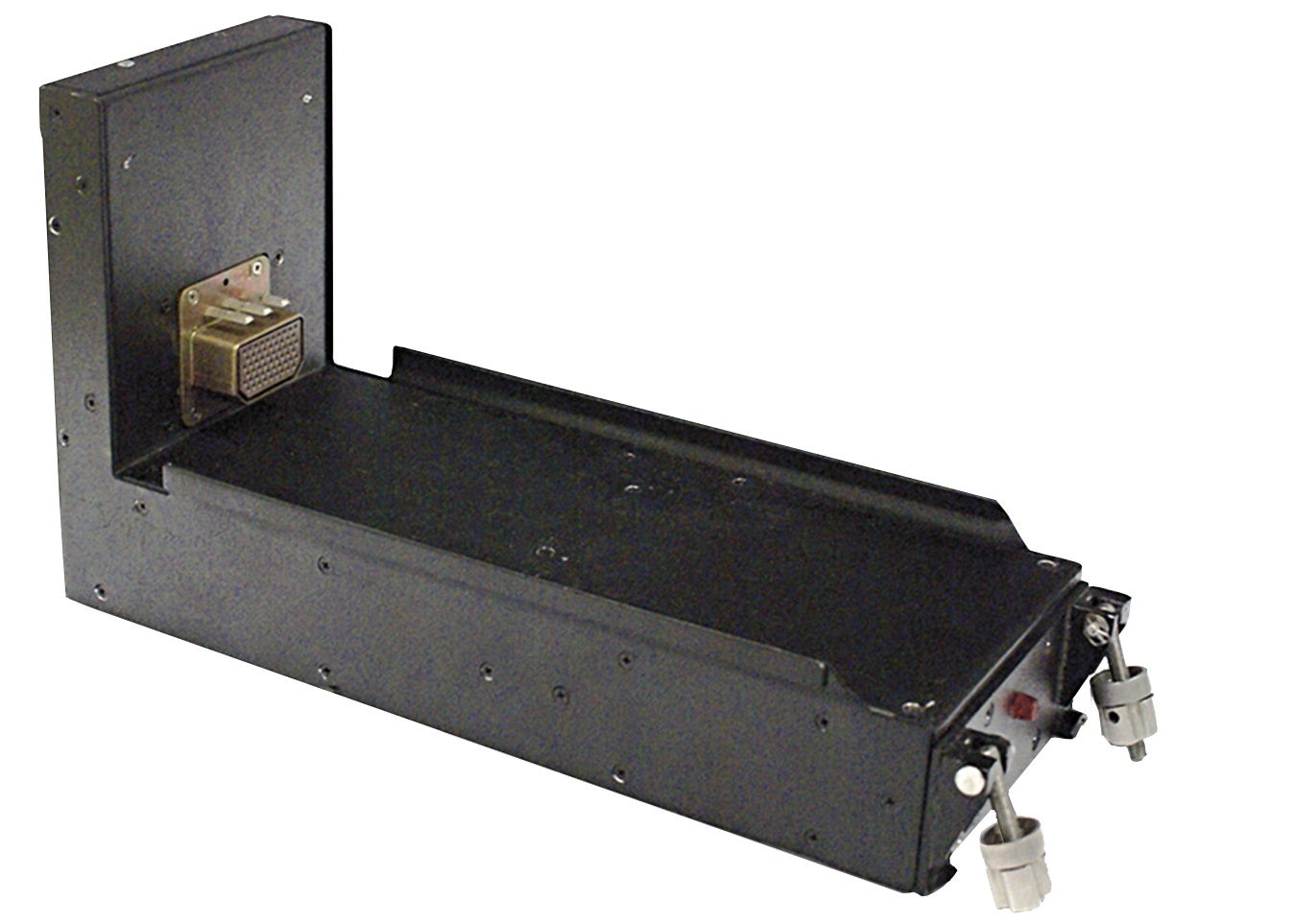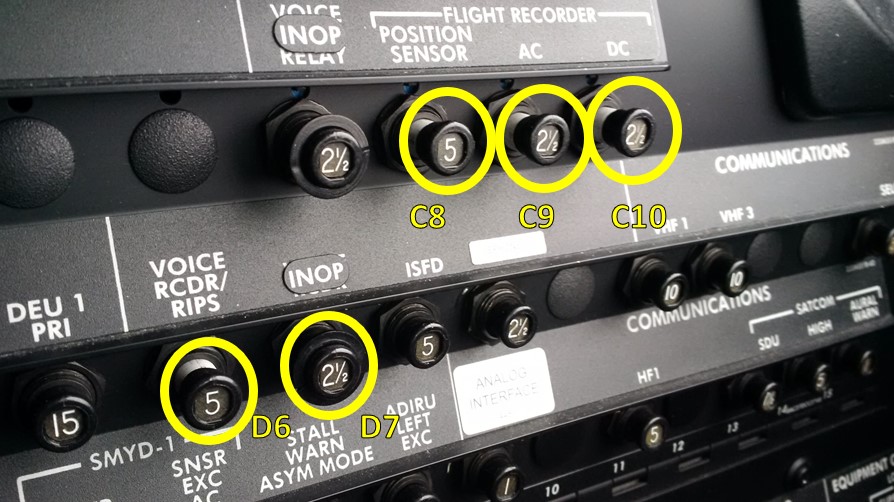Accident in Korea: Why did the black boxes of Jeju Air's Boeing 737-800 stop recording?
The Jeju Air Boeing 737-800 accident highlights critical issues with the power sources for the Cockpit Voice Recorder (CVR) and Flight Data Recorder (FDR), as both stopped functioning minutes before impact. Investigators are examining potential causes, including power failures, wiring damage, and other contributing factors
The Jeju Air Boeing 737-800 accident revealed critical issues related to the power sources for the Cockpit Voice Recorder (CVR) and Flight Data Recorder (FDR). According to preliminary statements from South Korea’s Ministry of Transport, both recorders stopped functioning approximately four minutes before impact. This aligns with the timeline of an initial bird strike, raising questions about the circumstances leading to this simultaneous failure.
The Boeing 737 Technical Site, a reference page for understanding the history and operation of many systems enabling the operation of the best-selling single-aisle U.S. aircraft, published a YouTube video explaining in detail the possible scenarios that could have caused both recorders to stop working. Chris Brady, the site’s creator, identifies three main possibilities:
- Loss of power from both engine generators, combined with an inactive Auxiliary Power Unit (APU).
- Physical damage to the recorders or their cables in the aircraft’s aft section.
- Manual deactivation of the recorders via circuit breakers, although this scenario is deemed highly unlikely given what occurred in the cockpit during the final minutes.
Both the CVR and FDR are critical in aviation accident investigations as they provide data and audio recordings to analyze the final moments of a flight. Their operation heavily depends on the aircraft’s electrical systems.
Flight Data Recorder (FDR):
Powered by the AC Transfer Bus 1, which is normally supplied by the engine 1 generator. Redundancy is ensured by the engine 2 generator or the APU via the Tie Bus.

The FDR starts recording when engine 1 RPM exceeds 50% (reaching the N2 threshold) and continues recording as long as AC power is available.
It is important to note that the FDR is not connected to a backup or battery bus. If all engine power sources fail, the FDR ceases operation immediately.
Cockpit Voice Recorder (CVR):
Powered by the AC Transfer Bus 2, normally supplied by the engine 2 generator. Like the FDR, it has redundancy through the Tie Bus and APU. The CVR records from the start of the first engine until five minutes (ten if RIPS is installed) after the last engine is shut down.

Some aircraft are equipped with a manual CVR switch allowing pre-flight activities to be recorded. Beyond optional manual activation, the CVR is automatically activated—and cannot be turned off—once the engine starts. Like the FDR, the CVR lacks backup or battery power, at least until the introduction of an alternate system.
Recorder Independent Power Supply (RIPS):
To address the limitations of traditional CVR power sources, the Recorder Independent Power Supply (RIPS) was introduced about a decade ago. This system, now standard on newer aircraft like the Boeing 737 MAX, provides an auxiliary power source for the CVR.
The RIPS was developed to enhance the resilience of voice recorders in the event of power loss. The technology became available in the early 2010s, driven by the need to better preserve data during electrical failures or post-accident scenarios.

- The RIPS uses a 28-volt DC power source from the aircraft’s DC buses.
- It includes a lithium-ion battery designed to maintain CVR operation for at least 10 minutes after AC power loss.
- The system activates automatically when DC bus voltage drops below a defined threshold (typically 20 volts) while the battery charges continuously during normal operations, ensuring availability for backup power when needed.
The RIPS has been recommended or required by major aviation regulatory bodies, such as the International Civil Aviation Organization (ICAO), the Federal Aviation Administration (FAA), and the European Union Aviation Safety Agency (EASA). Although not mandatory for all aircraft, its adoption is increasing, particularly in new-generation models. For instance, the 737 MAX offers the RIPS as a selectable customer option at no additional cost.
Despite its benefits, the RIPS is not a retroactive requirement for older aircraft, leaving many legacy fleets without this feature. Similarly, in many cases where airlines acquire new aircraft, they choose not to incorporate it to maintain fleet standardization with earlier models.
Limitations:
The RIPS only provides a temporary solution, maintaining CVR functionality for a maximum of 10 minutes after power loss. It does not integrate with backup or battery buses, meaning total power loss beyond 10 minutes will also disable the CVR.
The Jeju Air Boeing 737-800 was manufactured in 2009 and was not equipped with RIPS as standard, as the technology had not been introduced at the time. It is unclear whether a subsequent modification was applied, which will be a point the investigation board must clarify.
Location and Survival of Recorders:
The placement of the recorders on the aircraft is a key factor in their survival during accidents:
- CVR: Positioned in the aft cargo compartment, an area statistically more likely to survive than forward sections.
- FDR: Located in the ceiling space above the rear galley or, in freighter variants, on the aft pressure bulkhead.
Despite their protected location, both recorders rely on power from the forward Electronic and Equipment (E&E) Bay. Any damage to the wiring systems connecting this bay to the recorders could result in operational failures, even if the recorders remain intact.
Circuit Breakers and Operational Procedures:
Circuit breakers are installed for both the CVR and FDR, allowing manual disconnection in specific scenarios. During flight, it is legally prohibited to deactivate these breakers.

After landing, crews are advised to disable the recorders to prevent data overwriting, especially following events or incidents of interest. The breakers are clearly labeled and, in some cases, feature optional red markings for quick access.
Next Steps:
The ongoing investigation into the JDU 737-800 accident aims to clarify the causes of the recorders’ failure. Key aspects under review include:
- The possibility of total power loss from both engine generators and the APU.
- Damage to the recorders’ wiring systems caused by bird strikes or other events.
- Any deviation from standard procedures, such as voluntary or involuntary disconnection of circuit breakers.
South Korea’s Ministry of Transport has suggested that a preliminary report could be published by the end of January 2025. Final reports are typically released within a year, though exceptional cases may require more time.

/https://aviacionlinecdn.eleco.com.ar/media/2024/12/jeju_air_737_800.jpg)
Para comentar, debés estar registradoPor favor, iniciá sesión